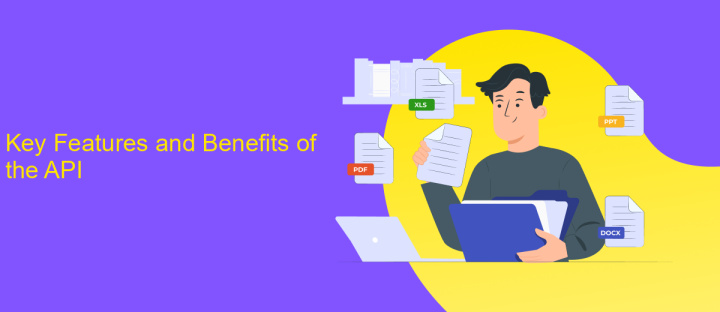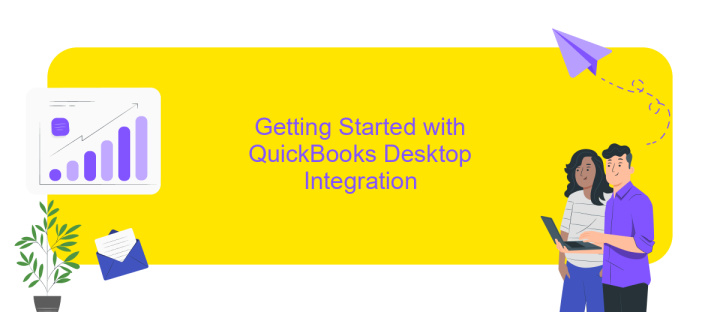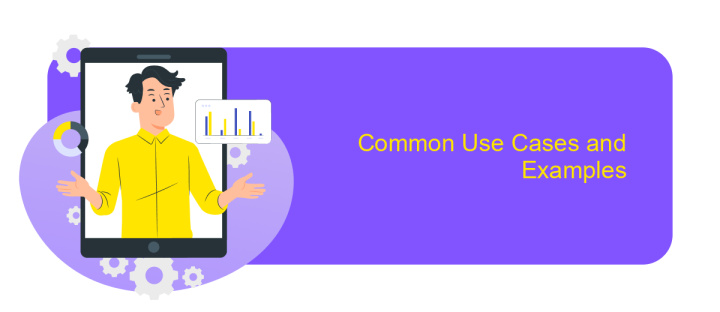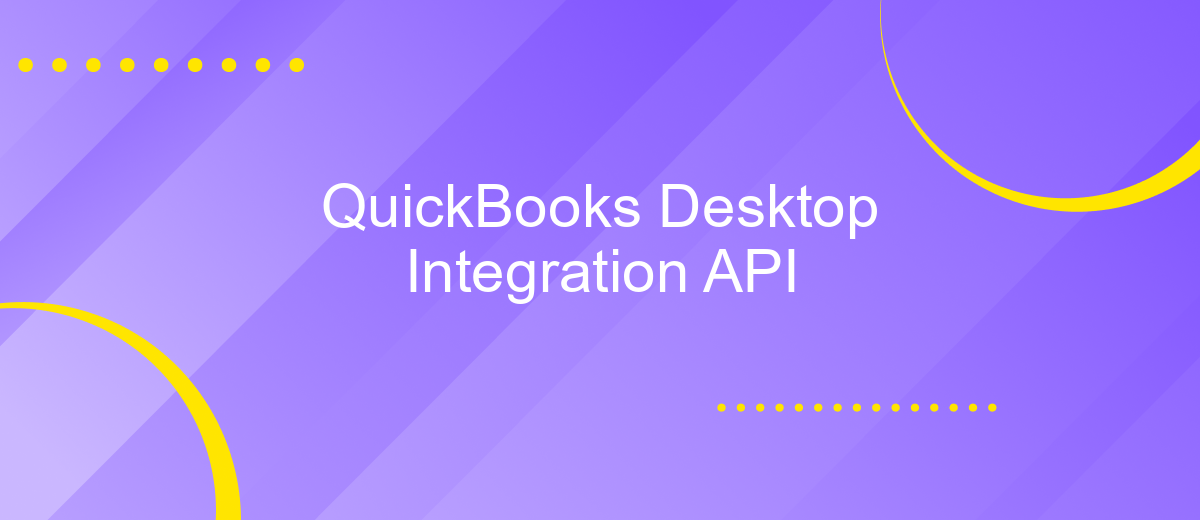QuickBooks Desktop Integration API
The QuickBooks Desktop Integration API is a powerful tool designed to streamline and enhance the connectivity between your business applications and QuickBooks Desktop. By leveraging this API, developers can automate accounting processes, synchronize financial data, and improve workflow efficiency. Whether you're aiming to simplify data entry or ensure real-time financial updates, the QuickBooks Desktop Integration API offers a robust solution to meet your business needs.
Introduction to QuickBooks Desktop Integration API
The QuickBooks Desktop Integration API offers businesses a seamless way to connect their software applications with QuickBooks Desktop. This integration facilitates the automation of accounting processes, ensuring data consistency and reducing manual entry errors. By leveraging this API, developers can create custom solutions that enhance the functionality of QuickBooks, tailoring it to specific business needs.
- Automate financial transactions and data entry.
- Enhance reporting capabilities with real-time data access.
- Streamline operations by connecting various business systems.
- Customize workflows to align with unique business processes.
- Improve data accuracy and reduce redundancy.
Using the QuickBooks Desktop Integration API, businesses can achieve greater operational efficiency and accuracy. This API supports a wide range of functionalities, from basic data synchronization to advanced financial analysis. By integrating QuickBooks Desktop with other business applications, companies can ensure that their financial data is always up-to-date and accessible, empowering them to make informed decisions quickly and effectively.
Key Features and Benefits of the API

The QuickBooks Desktop Integration API offers a robust suite of features that streamline financial management processes for businesses. This API facilitates seamless data exchange between QuickBooks Desktop and other applications, enhancing efficiency and accuracy. With real-time data synchronization, businesses can ensure that their financial records are always up-to-date, reducing the risk of errors and saving time on manual data entry. The API also supports a wide range of financial operations, from invoicing to expense tracking, allowing businesses to automate routine tasks and focus on strategic decision-making.
One of the key benefits of utilizing the QuickBooks Desktop Integration API is its flexibility and compatibility with various third-party services like ApiX-Drive. ApiX-Drive simplifies the integration process, enabling businesses to connect QuickBooks Desktop with other critical applications without the need for extensive technical expertise. This ease of integration means businesses can quickly adapt to changing needs and scale their operations efficiently. By leveraging these integrations, companies can optimize their workflows, improve productivity, and gain deeper insights into their financial performance.
Getting Started with QuickBooks Desktop Integration

Integrating QuickBooks Desktop with your application can streamline your accounting processes and improve efficiency. To begin, ensure you have the QuickBooks Desktop software installed and updated to the latest version. Familiarize yourself with the QuickBooks Desktop Integration API documentation to understand the available features and functionalities.
- Download and install the QuickBooks Web Connector, which facilitates communication between your application and QuickBooks Desktop.
- Set up a QuickBooks company file and enable the necessary permissions for third-party applications.
- Register your application with Intuit Developer to obtain the required API keys and credentials.
- Develop and test your integration using the sandbox environment provided by Intuit to ensure compatibility and functionality.
- Deploy your application and monitor its performance, making adjustments as necessary to optimize the integration.
Once your integration is set up, you can automate tasks such as invoicing, expense tracking, and financial reporting. This integration can save time and reduce errors in your accounting workflow, allowing you to focus on growing your business. Regularly update your application and QuickBooks Desktop to maintain seamless integration and access new features.
Common Use Cases and Examples

The QuickBooks Desktop Integration API is a powerful tool that allows businesses to streamline their accounting processes by connecting third-party applications with QuickBooks Desktop. This integration facilitates seamless data transfer, reducing manual entry and minimizing errors. By leveraging the API, businesses can automate various accounting tasks, saving time and resources.
One common use case for the QuickBooks Desktop Integration API is synchronizing sales data from e-commerce platforms. By integrating the API, businesses can automatically import sales transactions, customer information, and inventory updates directly into QuickBooks. This ensures accurate financial records and improved inventory management.
- Automating invoice generation and delivery based on sales data.
- Synchronizing employee time tracking data for efficient payroll processing.
- Integrating with CRM systems to maintain up-to-date customer records.
- Streamlining expense reporting by importing data from expense management tools.
These examples highlight the versatility of the QuickBooks Desktop Integration API in enhancing business operations. By automating repetitive tasks and ensuring data accuracy, businesses can focus on strategic growth and decision-making. The API's flexibility makes it an essential component for businesses looking to optimize their accounting workflows and maintain robust financial management.


Troubleshooting and Best Practices
When encountering issues with QuickBooks Desktop Integration API, ensure that you are using the latest version of both QuickBooks and the API. Compatibility is crucial, and outdated software can lead to unexpected errors. Check your internet connection, as a stable network is necessary for seamless integration. Review your API keys and permissions to ensure they are correctly configured and have the required access levels. If you encounter persistent problems, consult QuickBooks support or relevant online forums for community-driven solutions.
Adopting best practices can significantly enhance your integration experience. Regularly back up your QuickBooks data to prevent data loss during API interactions. Utilize services like ApiX-Drive to streamline your integration processes, as they offer user-friendly interfaces and automation tools that can reduce manual effort. Monitor your API usage and optimize requests to prevent exceeding rate limits, which can disrupt your operations. Lastly, document your integration settings and changes for future reference, ensuring that any team member can easily understand and manage the setup.
FAQ
What is QuickBooks Desktop Integration API?
How can I start using QuickBooks Desktop Integration API?
What are the main features of QuickBooks Desktop Integration API?
How can I automate my QuickBooks Desktop integration without coding?
Is there any limitation on the number of API calls in QuickBooks Desktop Integration API?
Strive to take your business to the next level, achieve your goals faster and more efficiently? Apix-Drive is your reliable assistant for these tasks. An online service and application connector will help you automate key business processes and get rid of the routine. You and your employees will free up time for important core tasks. Try Apix-Drive features for free to see the effectiveness of the online connector for yourself.

